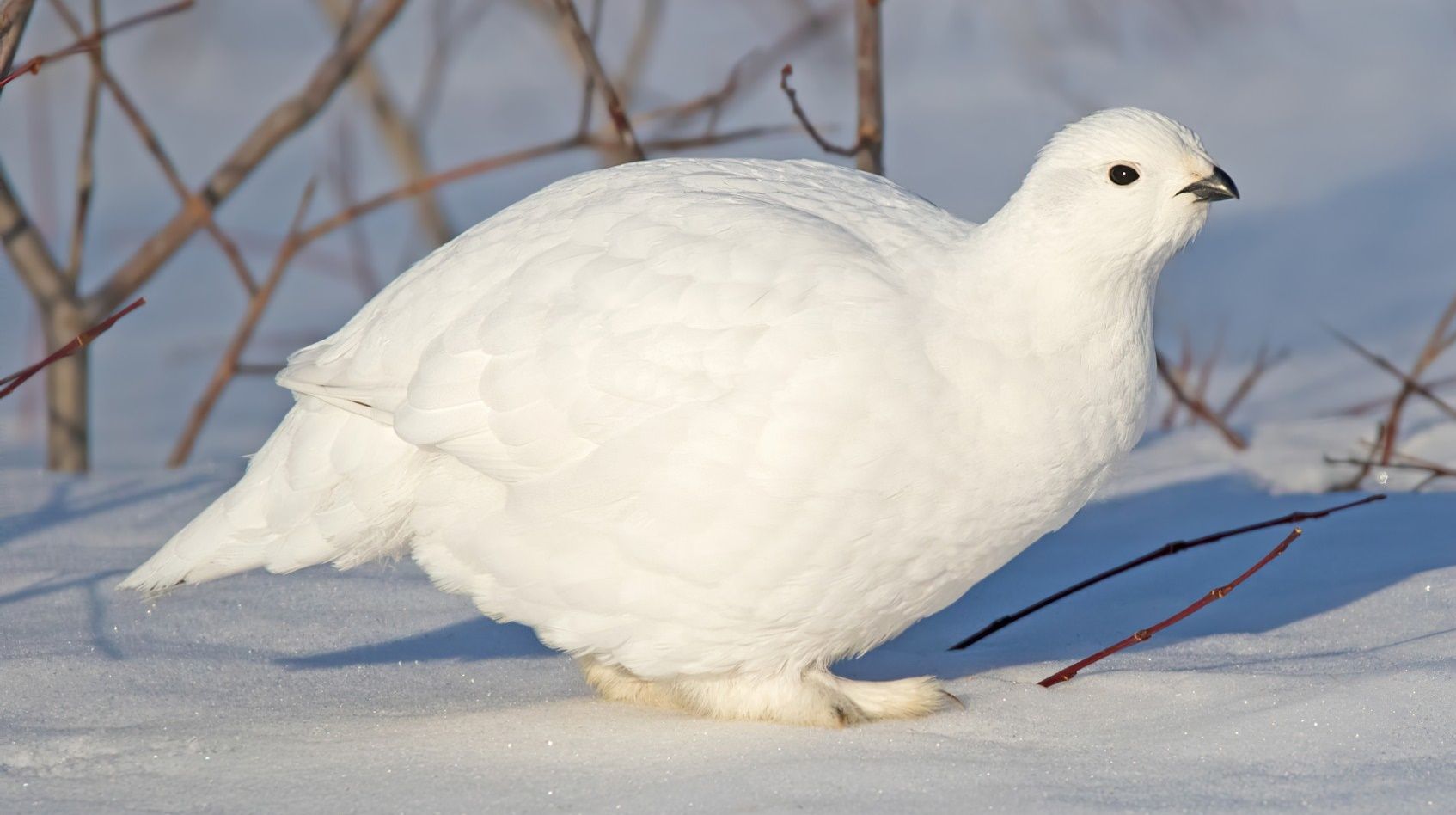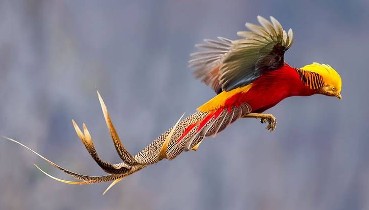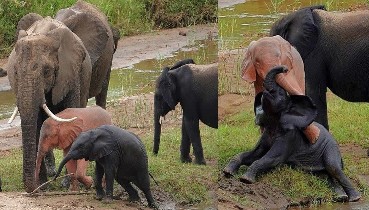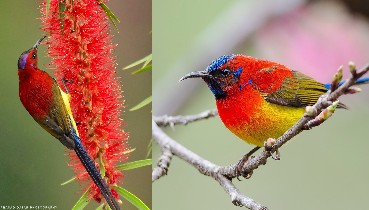
Amazing Nature
03 April 2023 ( 32 views )

Advertisements
Willow Ptarmigan "Rabbit Foot"
Although related to other grouse-like birds such as the Northern Bobwhite and Greater Prairie-Chicken, the three tundra-dwelling ptarmigan species are in a genus all their own. The Willow Ptarmigan is the largest. It inhabits alpine and subalpine habitats, where its plumage changes with the seasons to keep the bird effectively camouflaged year-round. During brief Arctic summers, the Willow Ptarmigan's chestnut-, brown-, and gold-mottled feathers make it almost invisible against the flourishing tundra. During this time, bare combs of red skin (which both sexes have but that are often concealed) become prominent in males. In winter, the Willow Ptarmigan molts into pure-white plumage to match its snowy surroundings.
Rabbit Feet and Snowshoe Toes
The Willow Ptarmigan's scientific name, Lagopus lagopus, literally means “rabbit” or “hare foot,” and refers to the almost mammalian appearance of this bird's fully feathered feet. Feather-covered feet help the ptarmigan retain heat during the coldest weather, plus function as snowshoes, allowing the bird to easily move over the snow without sinking. The ptarmigan also gets extra grip on icy footing, thanks to toes that end in sharp, elongated claws.
This hardy bird readily burrows into the snow, both for insulation and for protection from predators while it sleeps. Wide-ranging Willow
Willow Ptarmigan range map by ABC.
The Willow Ptarmigan occurs in subalpine and subarctic habitats across much of the northern part of the Northen Hemisphere. It is native to Canada and the United States, Scandinavia, the United Kingdom and Ireland, Kazakhstan, Mongolia, and Russia, occurring in pine and birch forests, thickets with willow and alder trees, heather moors, tundra, and on mountain slopes.
This widely distributed ptarmigan has 19 recognized subspecies, six of which are found in North America. One subspecies, the “Red Grouse” of Britain and Ireland, is sometimes considered a separate species; it does not molt into white plumage during the winter and subsists mainly on heather.
Most populations of Willow Ptarmigan migrate short distances between their wintering and breeding ranges. Like many other Arctic species such as the Snowy Owl, Willow Ptarmigans undergo boom-and-bust population cycles, likely tied to weather conditions and the availability of food.
Recommended Videos
 Rare Animal Scurries Past Hidden Camera — And Scientists Are Amazed117 views
Rare Animal Scurries Past Hidden Camera — And Scientists Are Amazed117 views The Most Colorful Birds From Around The World13699 views
The Most Colorful Birds From Around The World13699 views-
Advertisements
 Mother who weighed 700lbs1615 views
Mother who weighed 700lbs1615 views Stygian Owl Is Known For The Red Reflection Of Their Eyes That Are Often Associated With The Devil4487 views
Stygian Owl Is Known For The Red Reflection Of Their Eyes That Are Often Associated With The Devil4487 views A rare pink elephant calf spotted in Kruger National Park, South Africa327 views
A rare pink elephant calf spotted in Kruger National Park, South Africa327 views Storm Photographer Captures Raw Elegance and Unpredictable Power of Mother Nature80 views
Storm Photographer Captures Raw Elegance and Unpredictable Power of Mother Nature80 views Mrs. Gould's Sunbird (Aethopyga gouldiae) in Vietnam109 views
Mrs. Gould's Sunbird (Aethopyga gouldiae) in Vietnam109 views “Kummakivi” – A Timeless Wonder of Nature: The Unwavering Balance of Oddstone56 views
“Kummakivi” – A Timeless Wonder of Nature: The Unwavering Balance of Oddstone56 views
Advertisements



